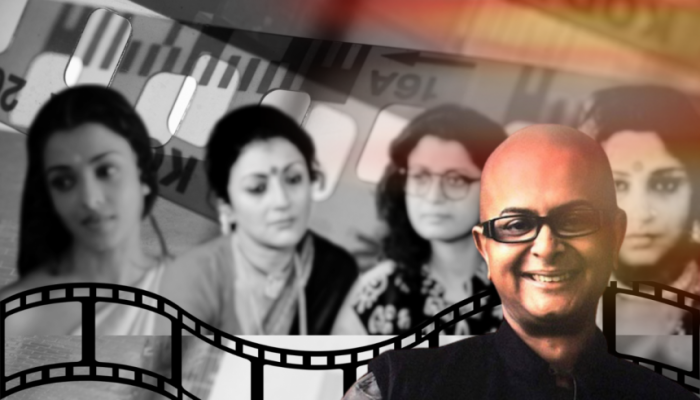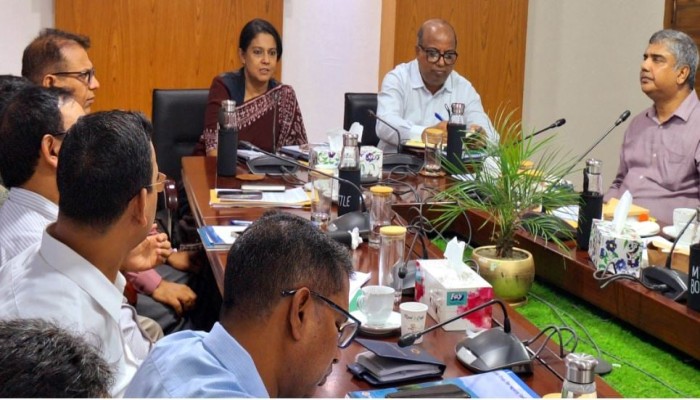To fully appreciate Ghosh's contributions, we first need to understand the cinematic context he was working within. Commercial cinema in South Asia has long relied on reductive female stereotypes. As film scholar Asha Kasbekar notes, these movies often indulged in "hyperbole and tumescent rhetoric on the subject of Virtue and Honour". Women were typically portrayed as either the "ideal woman" - chaste, submissive, modest, and self-sacrificing - or as the "vamp" - the embodiment of uncontrolled sexuality and moral corruption.
This binary representation, rooted in patriarchal ideologies, significantly limited the exploration of authentic female experiences on screen for decades and decades. This split, being so common in South Asian films, left little room for the portrayal of complex, multidimensional women.
Ghosh's approach represents a significant departure from these traditional portrayals. Instead of the self-sacrificing ideal or the morally corrupt vamp, his female characters are nuanced, conflicted, and deeply human. They have desires and ambitions that sometimes conflict with societal expectations. They make mistakes, they question their roles, and they seek fulfilment beyond the traditional spheres of home and family.



















